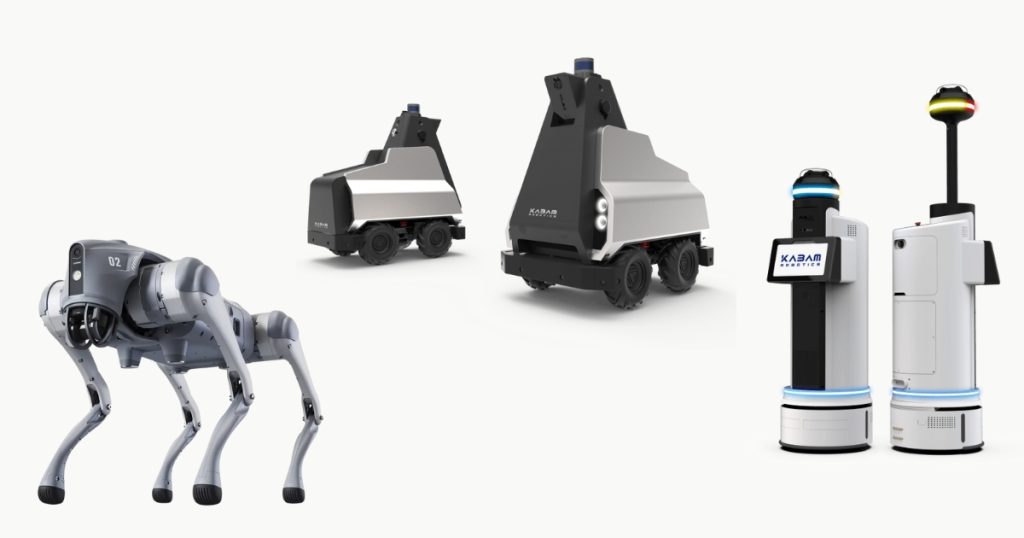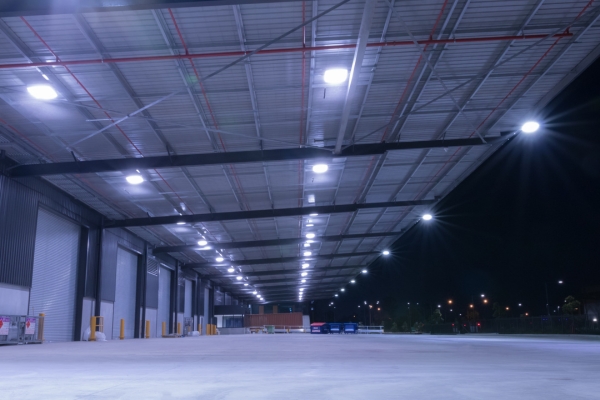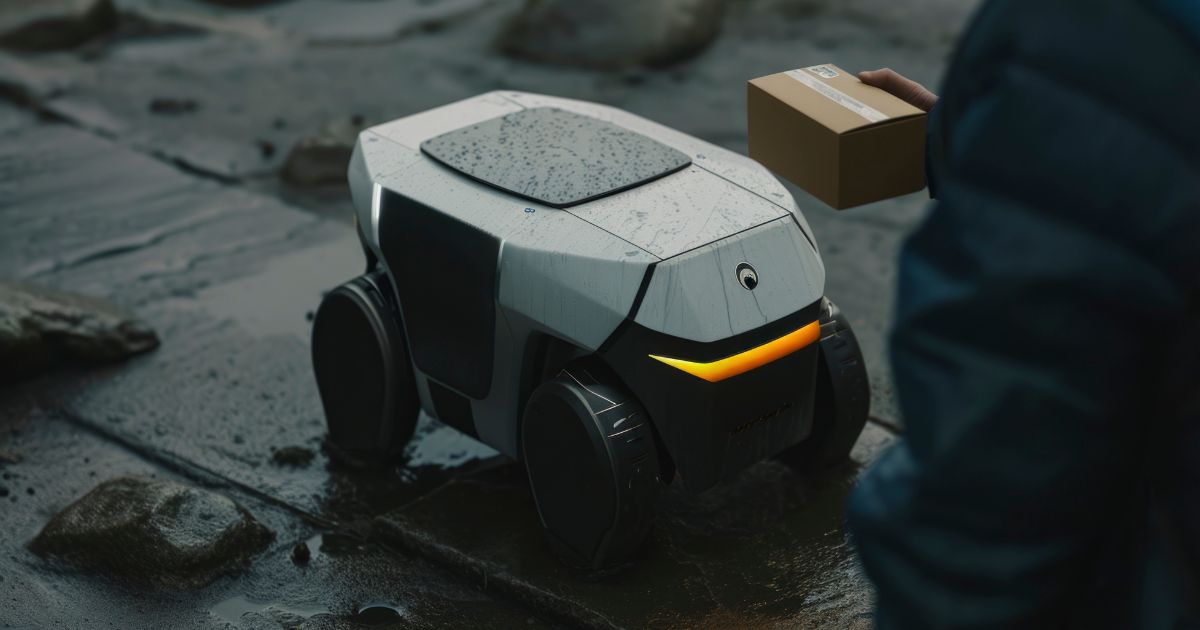
Imagine a robot patrolling an industrial site at 3 a.m., navigating past forklifts, parked vehicles, and storage racks. There is no operator guiding its path, no joystick, and no controller in sight, just a highly intelligent system making decisions in real time. This is not science fiction. This is autonomous navigation in action, and it is rapidly becoming a standard for advanced robotic security.
At AiSec, we build robots capable of this kind of real-world intelligence. But behind every smooth patrol is a complex web of algorithms, sensors, and machine learning models that allow a robot to understand, adapt, and move just like a human guard would, only with more precision and endurance.
This article dives into how autonomous mapping and navigation work inside AiSec’s robots, why it matters for large and complex environments, and how it is shaping the future of robot patrol systems.
What Makes Navigation Truly Autonomous?
Autonomous navigation is not simply following a preloaded route. It means a robot can:
- Create or update a map of the environment
- Determine its current location within that map
- Plan and re-plan routes in real time
- React to new objects or changes like pedestrians, parked vehicles, or weather conditions
This level of autonomy is essential for environments that are constantly in motion such as warehouses, airports, smart campuses, and event venues.
It is the difference between a delivery drone flying along a GPS track and a patrol robot navigating a parking structure where nothing looks the same two nights in a row.
The Anatomy of an Autonomous Patrol
So, how does a robot go from idle to intelligent patrol agent? AiSec’s robots rely on a set of core technologies working in unison:
1. Sensor Intelligence: Seeing the World in 3D
At the heart of our robot’s perception system are LIDAR sensors, depth cameras, and ultrasonic rangefinders. These devices scan the surroundings to build a 3D model of the environment.
Unlike GPS, which can be inaccurate indoors or underground, LIDAR allows robots to “see” walls, doors, people, and vehicles. This spatial awareness is what keeps them from walking into a forklift or taking a tumble down a loading ramp.
2. SLAM: Building the Map While Moving
SLAM, or Simultaneous Localization and Mapping, is the algorithmic magic that lets the robot do two things at once:
- Build a real-time map of the space
- Figure out where it is on that map
As the robot patrols, SLAM constantly updates the environment. For example, if a new pallet is left in the hallway, the robot does not stop, it reroutes. If a door that is usually open is suddenly closed, the robot finds a new path.
3. Pathfinding with Purpose
Once a robot understands its environment, it needs to plan an optimal path. This is where AI comes in. AiSec robots use dynamic pathfinding algorithms that balance speed, safety, and area coverage.
They do not simply follow walls or take a linear path; they choose smart routes, adapt to moving obstacles, and prioritize coverage based on threat zones, high-traffic areas, or even past incident data.
Technologies like SLAM and AI-powered pathfinding are transforming security from a passive system to a proactive defence grid. As outlined in this IEEE research survey, AI-robotics systems face both technological opportunities and critical security challenges that must be considered when deploying autonomous navigation at scale.
Patrol in Action: Real-World Navigation Scenarios

To understand the power of autonomous navigation, consider these examples of how AiSec robots patrol in different settings:
Scenario 1: Warehouse Night Patrol
At 2 a.m., a large warehouse is silent. Forklifts are powered off. Motion lights are dimmed. An AiSec patrol unit activates. It begins scanning its path:
- It notices a newly moved pallet blocking its usual route.
- It reroutes around the obstruction, logs the change, and alerts the central dashboard.
- It completes its patrol route and uploads all collected environmental and sensor data.
No human guidance. No interruptions.
Scenario 2: Outdoor Campus Security
On a university campus, an AiSec robot performs perimeter patrol:
- It detects movement along a fence line at night.
- It switches to infrared mode, approaches the location, and issues a verbal warning.
- At the same time, it shares its camera feed and location with the on-duty human security team.
The robot is not just navigating, it is responding and collaborating.
Why Autonomous Mapping Is a Game Changer
The implications of this technology are broad and transformative.
1. Coverage Without Boundaries
Robots can patrol any environment, tight corridors, open parking lots, mixed indoor-outdoor zones without needing human oversight or static instructions.
2. Adaptability in Dynamic Environments
Construction zones, public events, or facility layout changes no longer require reprogramming or manual rerouting. The robot adapts in real time.
3. Data-Rich Patrol History
Because the robot maps its environment constantly, you get a historical record of routes, obstacles, heat signatures, and activity offering insights for optimising physical security.
Integration with Facility and Security Systems
AiSec robots do not operate in a vacuum. They integrate with:
- Access control systems to respond to unauthorized entries
- Fire safety systems to detect temperature anomalies
- CCTV networks to share video feeds in real time
- Emergency response protocols to trigger alerts
Autonomous navigation is only part of the value; the greater benefit comes from how it enhances your total security ecosystem.
Collaborative Navigation: Multi-Robot Coordination
As more organizations scale their robotic fleets, collaborative mapping becomes essential. AiSec robots share data with each other to:
- Divide zones efficiently
- Avoid overlapping patrols
- Respond to alerts as a team
This is especially useful for campuses, industrial facilities, or logistics centers where multiple units need to cover ground efficiently and intelligently.

Addressing Concerns About Autonomous Robots
Like any emerging technology, autonomous navigation raises some valid concerns:
- Can robots handle emergencies?
Yes. AiSec units are designed to escalate issues, trigger alarms, or notify human responders automatically. - What about privacy?
All camera feeds and logs are securely stored and encrypted. Routes and data are governed by local compliance standards. - Will robots replace humans?
Not entirely. They augment security teams, handling the repetitive, hazardous, or after-hours work while humans focus on high-priority decision-making.
Smarter Navigation, Stronger Security
As facilities grow in size and complexity, the need for reliable, intelligent patrol grows with them. Autonomous navigation makes it possible to deploy patrol units that not only move but think, adapt, and act in real time.
At AiSec, we design systems that do just that combining robust sensor suites, intelligent mapping, and mission-driven pathfinding into mobile patrol units that deliver uninterrupted security in any environment.
From industrial plants to university campuses, the future of patrol is here and it is autonomous, aware, and always on.To learn more about our approach to robotic navigation and how it could enhance your current security setup, visit our homepage.




https://shorturl.fm/6b8dx
https://shorturl.fm/jUm33
https://shorturl.fm/kMKY3